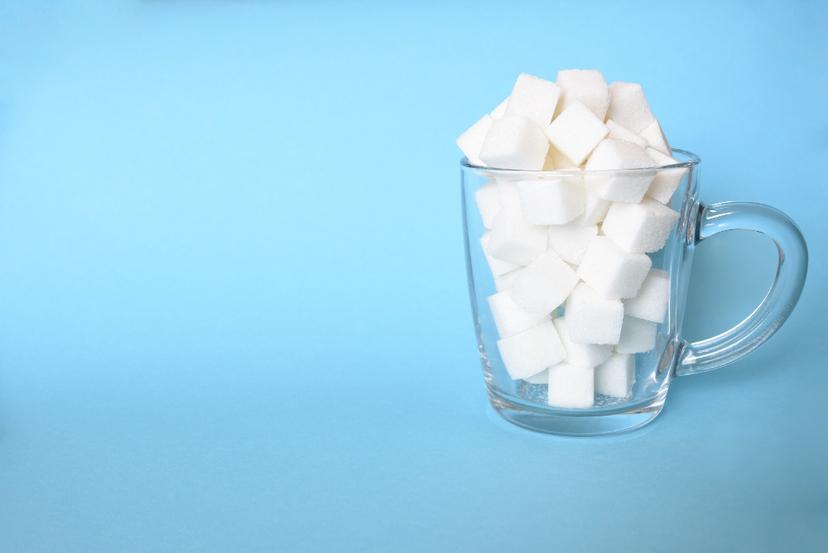16 мая 2024
8 Main Myths About Anemia


16 мая 2024
8 Main Myths About Anemia
## Myth 1: Anemia can be ignored
The presence of [anemia](https://ul.orna.me/KOge/librarydisease?id=1) significantly worsens the quality of life. Low hemoglobin leads to oxygen deprivation. The work of the brain, muscles, and all organs deteriorate, and the heart and lungs experience a serious overload in trying to supply the body with the oxygen it needs.
## Myth 2: Anemia always occurs because of iron deficiency
Anemia is most often caused by iron deficiency, but there are other causes, ===such as low levels of vitamin B12 and hereditary diseases like thalassemia and sickle cell anemia.
## Myth 3: If hemoglobin is fine, iron levels are also fine
This misconception arose at a time when diagnoses were based on hemoglobin levels. Today, ferritin and serum iron levels are examined first. Ferritin shows the body's iron reserve and a low level of it warns of anemia even before hemoglobin levels drop. The serum iron level determines the rate of iron metabolism in the body.
## Myth 4: Taking iron supplements is enough to treat anemia
Iron deficiency in the body can be caused by a variety of factors from heavy periods to GI problems. So while iron supplements are an important component of treatment, addressing the underlying causes of anemia is crucial.
## Myth 5: All iron is the same
Don't be fooled into thinking that you can go to the store and buy any iron supplement. Supplements come in different forms: ferrous sulfate, ferrous gluconate, or ferrous fumarate. Each has a different amount of iron, and the rate of iron absorption can vary. Therefore, the type and dosage suitable for you can be selected only by a doctor, based on the results of tests.
## Myth 6: It is better to get iron from food, not from medical supplements
In the treatment of iron deficiency anemia, the dose of iron taken is very important. In the case of a significant deficiency, it is impossible to fill the shortage solely through food.
> The human body absorbs about 35 % of iron from animal products, and only 1-5 % from plant sources.
## Myth 7: Iron supplements cause side effects
Iron supplements often provoke side effects such as nausea, diarrhea, constipation, metallic taste in the mouth, drowsiness, sweating, pale skin, and pain in the upper abdomen. However, unpleasant sensations can be avoided if you take the supplements after meals or reduce the daily dose. It is also recommended to drink plenty of water (0.5-1 oz. for each lb. of bodyweight) and include fiber in the diet.
## Myth 8: Iron drips are harmful and poison the liver
Intravenous iron administration leads to a rapid increase in ferritin, which can reach 500-700 µg/ml in a few days. After an iron drip, the levels of liver enzymes ALT and AST can increase. This is what has led to the myth that such a procedure overloads iron and poisons the liver. High ferritin levels after an iron drip are a defense mechanism against iron toxicity. As soon as it enters the bloodstream from the drip, it is bound by transport proteins and transformed into ferritin. As a result, its levels first rise and then drop back to normal within a few weeks as iron is released into the tissues. An increase in liver enzyme levels also does not mean iron poisoning. A few days or weeks after the drip, their levels return to normal.













